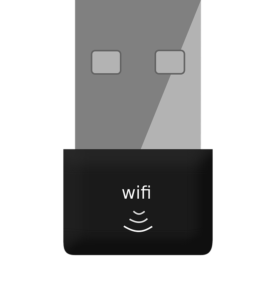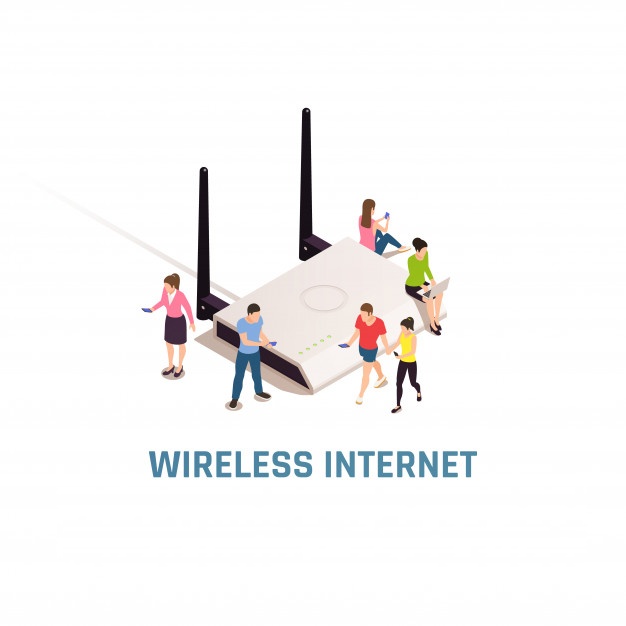Table of Contents
Overview of WiFi Router Types and Generations
When it comes to WiFi routers, understanding the various types and generations, like NETGEAR Nighthawk models, can help you make informed decisions about your home or office network setup, especially in larger homes and busy network environments. WiFi routers have evolved significantly over the years, with each generation offering improved speed, range, and stability, including advancements in mhz channels. The most commonly recognized generations include WiFi 4 (802.11n), WiFi 5 (802.11ac), and the latest, WiFi 6 (802.11ax). WiFi 4, while still used widely, has limitations in terms of bandwidth and speed, making it less suitable for high-demand tasks such as streaming and gaming. WiFi 5 brought substantial improvements, including greater throughput and the introduction of MU-MIMO technology, which allows multiple devices to communicate simultaneously without slowing down the network. WiFi 6 takes it a step further by enhancing both speed and efficiency, especially in environments with multiple connected devices. Additionally, it introduces features like OFDMA, which divides channels into smaller sub-channels, further optimizing performance. Understanding these differences, including the role of mhz channels, is crucial for selecting the right WiFi router, like the Nighthawk, that meets your specific needs, ensuring that you enjoy seamless connectivity and a robust online experience.
Hardware Requirements
It is likely to share an internet connection from your internet service provider with wireless devices without using a wireless or WiFi router or modem. However, your computer requires special hardware to use this feature.
Most recent modern laptops already have internal wireless network adapters and even some desktop computers. If you have a mature laptop with no WiFi, you’ll need to purchase a WiFi card or USB network adapter (this works for both laptops and desktops).

For a desktop computer, you can use a USB network adapter (as mentioned above) or an internal wireless PCI card.
System And Hardware Requirements

The wireless hosted home network is a WiFi router feature available in Windows 7.8 and Windows Server 2012/2008 R2 with WiFi service installed, connecting to an array of smart home devices. The hosted wireless network enables your computer to virtualize a physical wireless adapter into multiple virtual wireless adapters. Put, only the Windows editions mentioned above support this feature.
This example will display you how to use Virtual WiFi Router, a free application that allows you to easily attach to the wireless Internet from any other active connection on your computer, providing a strong wireless signal even in varying network traffic conditions. The virtual router is only compatible with Windows 7, 8 and 2008 R2. If you want to turn your CPU into a virtual WiFi router and run it on Windows Server 2012, you can use another program or Windows built-in settings.
In terms of hardware, your computer must have a wireless device and driver that supports Windows Virtual WiFi and hosted wireless networking features for optimal connectivity, including adequate gigabit Ethernet LAN ports and Ethernet ports for connecting to network-attached storage (NAS) devices that gamers might use. If the drivers are certified for Windows 7/8, they must be compatible with the virtual router. If you are unsure, check the list of known supported devices on the developer site.
Step 1: Download And Install
Once you’ve made sure that your computer is ready for a wireless connection, you’ll need to download Virtual Router, one of our top picks for free apps that you don’t have to pay anything for. After the installer has downloaded, double-click it to start the installation for excellent performance tests.
The virtual router installation process is extremely simple. All you have to do is accept the license terms and proceed to the settings window, in which you can select the installation folder and indicate whether you want to install the program for the current Windows user only or all users. If you are not surefire what to do with these options, leave the default settings and click the “Next” button.
Virtual Router Setup
Step 2: Settings
Now is the time to start using the virtual router. So double click on the application to run it. By default, the application runs in the system tray. Double-click the icon in the system tray to open Virtual Router Manager (the program interface). Make sure you are linked to the Internet using the connection you want to share.
The setup is simple:
- Enter the network name (SSID) for your 5 GHz band; it can be any name. However, it would be best if you chose a relevant name so that you know it is your shared Internet connection, ensuring safe network security.
- Choose a password: Since a virtual router works the same as the fleshly device, you must have a quality of service password to prevent illegal intruders from using your Internet access connection.
- Select the joining you want to share from the drop-down menu. You could use the Refresh button if you went online while Virtual Router Manager was already open and not listed.
- Start a virtual router: press this button after all the settings have been made to activate your shared connection.
Virtual Router Manager
Step 3: Test The Shared Internet Connection
If all went well and the virtual router started, your newly created connection should appear in the Windows connection list.
Your computer should currently be connected to two connections: the connection you shared and the connection you just created.
To connect using a wireless device (phone, laptop, tablet, etc.), simply select the appropriate network and enter the password as you would for any other assembly. Voila! You are now positively sharing your internet connection!
Step 4: Troubleshooting
“The collection or basis is not in the right state to realize the requested operation”
It is the best mutual error you can get from the virtual router. There are many reasons for this mistake and several fixes, but you may not know which one is right for you up to you try them. After each step, you must try to start Virtual Router to see if that solves the problem.
The first step is to type sure your wireless connector has the latest drivers. You can find them in Windows Device Manager under Network Adapters.
The second stage is to make sure the hosted network is active. To do this, press the Windows Start button, open “Run” and enter cmd to open a command prompt window (you need administrator rights). In the window, enter netsh wlan set hosts network mode = allow
To continue, verify that the Microsoft Virtual WiFi Miniport Adapter is enabled. It also found in the Network Adapters section in Windows Device Manager. Double click on it and the properties window will appear. If the message appears in Device Status: “This device disabled (code 22). Click Activate device to activate this device.” It means it didn’t run and you need to activate it.
If the previous step also didn’t work, Microsoft has a hotfix for a common problem that can occur on computers running Windows 7 and Server 2008 R2. You can download it here.

Other problems
If you’re having other issues with the virtual router, the first thing to do is to check that your wireless device drivers are up to date and that you haven’t assigned your shared assembly the same SSID of a network that you already have. After that, read the developer’s FAQ as your problem may appear there.
If the virtual router isn’t working for you, try a few alternatives, including smart devices and IoT devices. A new router or Connectify Hotspot is also a very general and powerful app, although the free (lite) version has limited functionality. Another free tool for sharing wireless internet connections is Virtual Router Plus, which was created as an advanced version of Virtual Router and is also compatible with Windows.

